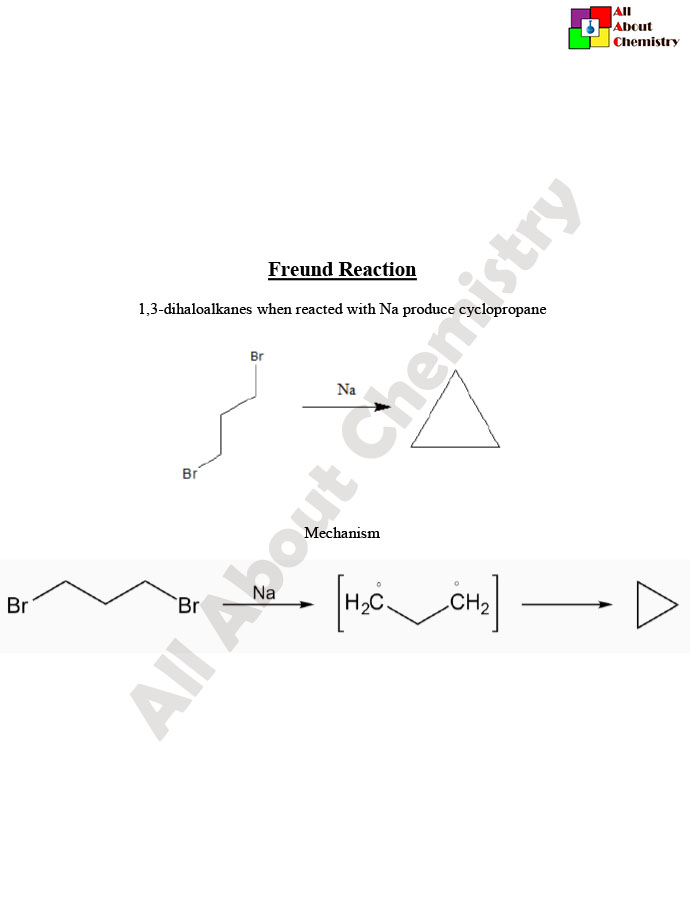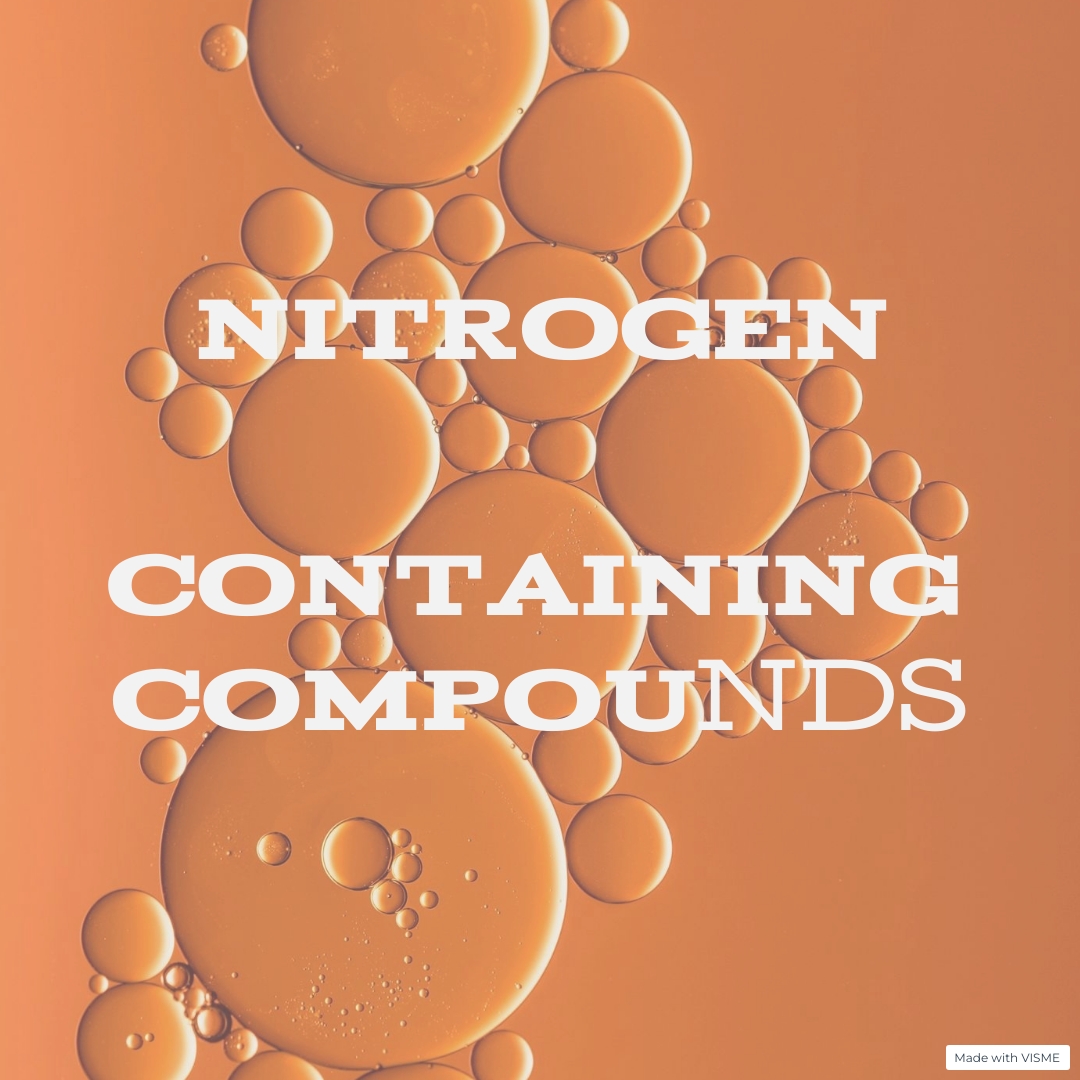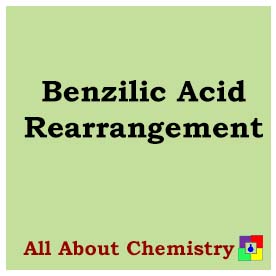The Freund Reaction is a chemical reaction named after the German chemist Karl Freund. It’s a method for synthesizing alkyl phenyl ketones from anilines and acid chlorides or acid anhydrides in the presence of an aluminum chloride catalyst. The reaction proceeds through an acylation process, where the aluminum chloride facilitates the formation of an acyl cation from the acid chloride or anhydride, which then reacts with the aniline to form the desired alkyl phenyl ketone. This reaction is widely used in organic synthesis for the preparation of various ketones. It’s particularly useful in the pharmaceutical and fine chemical industries for the production of intermediates.
The Freund Reaction involves the acylation of aniline to produce alkyl phenyl ketones. The general mechanism proceeds through several steps and can vary slightly depending on the specific reactants used. Here’s a simplified outline of the mechanism:
- Formation of Acyl Chloride or Anhydride: The reaction typically starts with the formation of an acyl chloride (RCOCl) or an anhydride (RCO2COR’) from a carboxylic acid (RCOOH). This step often involves the use of a chlorinating agent like thionyl chloride (SOCl2) or oxalyl chloride (COCl)2, or the use of acid anhydrides.
- Formation of Acyl Cation: In the presence of a Lewis acid catalyst such as aluminum chloride (AlCl3), the acyl chloride or anhydride reacts to form an acyl cation (RCO⁺) intermediate. The Lewis acid facilitates this process by coordinating with the oxygen atom of the acyl chloride or anhydride, making the carbonyl carbon more electrophilic.
- Nucleophilic Attack: Aniline (ArNH2) acts as a nucleophile and attacks the electrophilic carbonyl carbon of the acyl cation. This nucleophilic attack leads to the formation of a tetrahedral intermediate.
- Proton Transfer: A proton transfer occurs, resulting in the loss of a chloride ion or carboxylic acid as a leaving group. This step regenerates the aromaticity of the phenyl ring.
- Rearrangement: The rearrangement of the intermediate occurs, leading to the migration of the alkyl group from the nitrogen atom to the carbon atom adjacent to the carbonyl group. This rearrangement forms the final alkyl phenyl ketone product.
Overall, the Freund Reaction proceeds via an acylation mechanism facilitated by a Lewis acid catalyst, resulting in the synthesis of alkyl phenyl ketones from anilines and acid chlorides or anhydrides. The reaction is widely used in organic synthesis for the preparation of various ketones.

The Freund Reaction has several important applications in organic synthesis, particularly in the preparation of alkyl phenyl ketones. Here are some key applications:
- Synthesis of Pharmaceuticals: Alkyl phenyl ketones are valuable intermediates in the synthesis of various pharmaceutical compounds. The Freund Reaction provides a method for efficiently introducing the ketone functionality into organic molecules, which can be crucial for the synthesis of drugs and pharmaceutical intermediates.
- Fine Chemical Synthesis: The reaction is also utilized in the synthesis of fine chemicals and specialty compounds. Alkyl phenyl ketones have diverse applications in industries such as flavors, fragrances, and agrochemicals. The Freund Reaction offers a versatile route for the preparation of these compounds.
- Natural Product Synthesis: Many natural products contain alkyl phenyl ketone moieties. The Freund Reaction can be employed in the synthesis of these natural products or their analogs, allowing researchers to access complex molecules for biological studies or potential therapeutic applications.
- Functional Group Interconversion: The reaction can serve as a method for interconverting functional groups. For example, anilines can be converted to alkyl phenyl ketones via acylation, enabling the transformation of one functional group to another with specific synthetic goals in mind.
- Method Development: Chemists often explore variations of the Freund Reaction to develop new synthetic methodologies. These developments may involve modifying reaction conditions, catalyst systems, or starting materials to achieve specific goals such as improved efficiency, selectivity, or scope of substrates.
Overall, the Freund Reaction is a versatile tool in organic synthesis, offering a straightforward route to alkyl phenyl ketones and finding widespread application in the preparation of pharmaceuticals, fine chemicals, natural products, and in the development of new synthetic methods.








